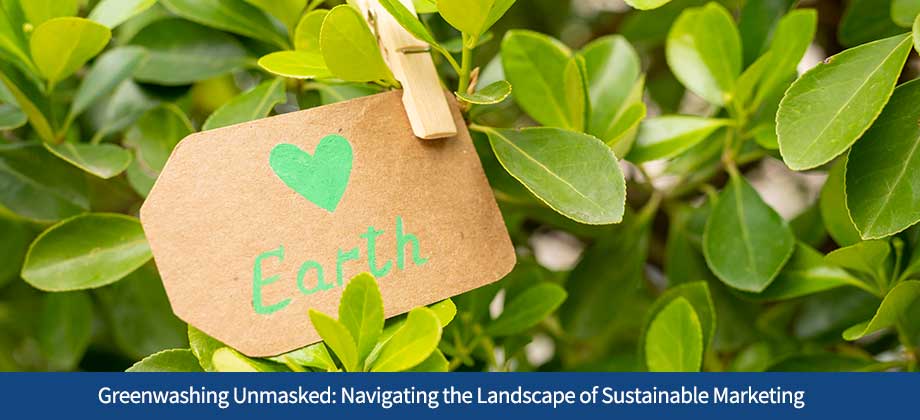Greenwashing Unmasked: Navigating the Landscape of Sustainable Marketing

In an era where environmental consciousness is at an all-time high, consumers are increasingly seeking products and services that align with their values. As a response, companies are integrating sustainability into their marketing strategies. However, not all claims of eco-friendliness are created equal, and this has given rise to a phenomenon known as “greenwashing.” Today, we’ll delve into what greenwashing is, its implications, and how businesses can genuinely embrace sustainability in their marketing efforts.
What is Greenwashing?
As Investopedia defines it, greenwashing “is the process of conveying a false impression or misleading information about how a company’s products are environmentally sound. Greenwashing involves making an unsubstantiated claim to deceive consumers into believing that a company’s products are environmentally friendly or have a greater positive environmental impact than they actually do.” These claims can manifest in various forms, from misleading labels to overstated environmental commitments. Essentially, greenwashing is an attempt to capitalize on the growing demand for sustainable products without making substantial changes to a company’s actual practices. Greenwashing can also be used to hide or overshadow an organization’s use of environmentally destructive practices.
What’s the Harm?
False claims about anything are a recipe for eroding consumer trust. When customers discover that a company’s sustainability efforts are merely skin-deep, they may become disillusioned and skeptical of future eco-friendly marketing campaigns. This distrust can tarnish a brand’s reputation and result in customer loss.
Greenwashing contributes significantly to marketplace confusion. With so many products claiming to be environmentally friendly, consumers may find it challenging to make informed choices—what’s real? What’s not? And how will you know? This confusion serves to undermine the credibility of genuine sustainable businesses, erasing the work they’ve done to reach these eco-conscious standards.
Perhaps most critical is the fact that greenwashing detracts from the urgent need for authenticity in the sustainability space. If companies focus on creating a facade of environmental responsibility rather than implementing real change, the global effort to combat climate change and other environmental issues is set back.
What’s Can Businesses Do?
To avoid the pitfalls of greenwashing, businesses must adopt genuinely sustainable practices and communicate them transparently. You’ll want to establish clear and measurable sustainability goals, and communicate them honestly to your customers—transparency builds trust and credibility. Additionally, seek reputable third-party certifications relevant to your industry. These certifications provide objective evidence of your commitment to sustainability. And finally, make sure to educate your consumers. Help them make informed choices by providing helpful content about your sustainability initiatives. Explain the environmental impact of your products, and highlight any steps you’re taking to reduce it.
Greenwashing is a serious issue that undermines the efforts of genuinely sustainable businesses and confuses consumers. By understanding the signs of greenwashing and adopting authentic sustainability practices, companies can build trust, foster consumer loyalty, and contribute meaningfully to the global movement toward a more sustainable future. We’ll continue to cover important issues like this over at the Financial Pantry—your one-stop shop for all things small business!

